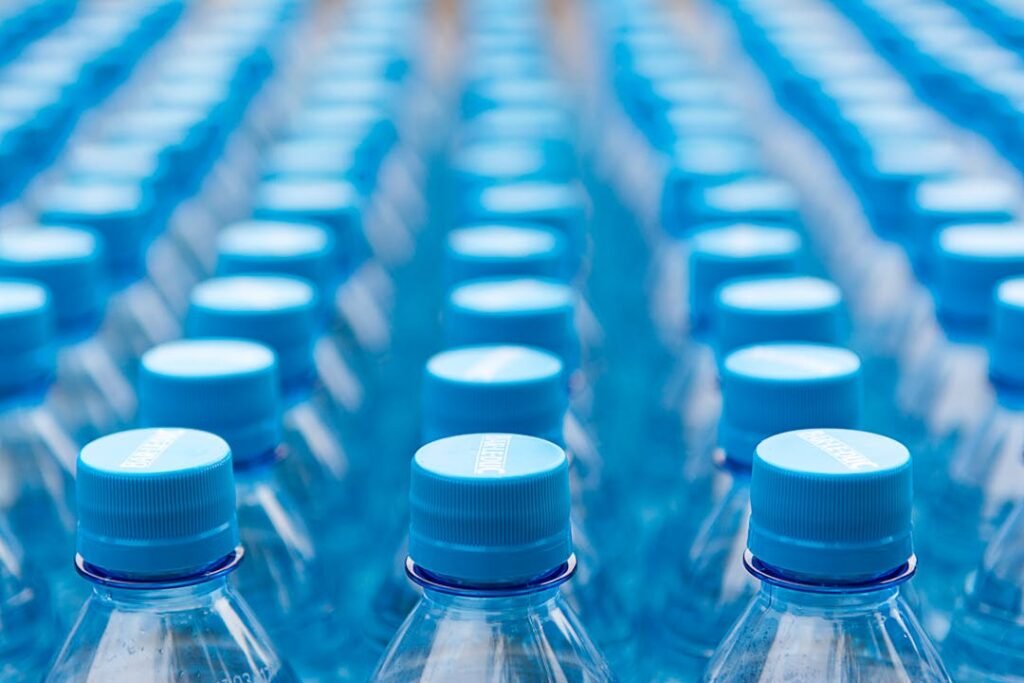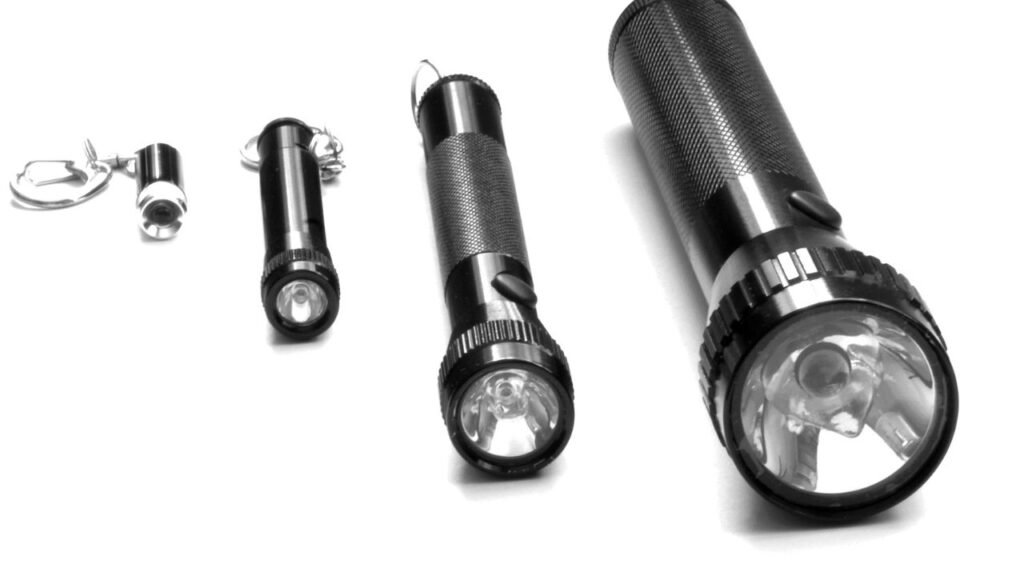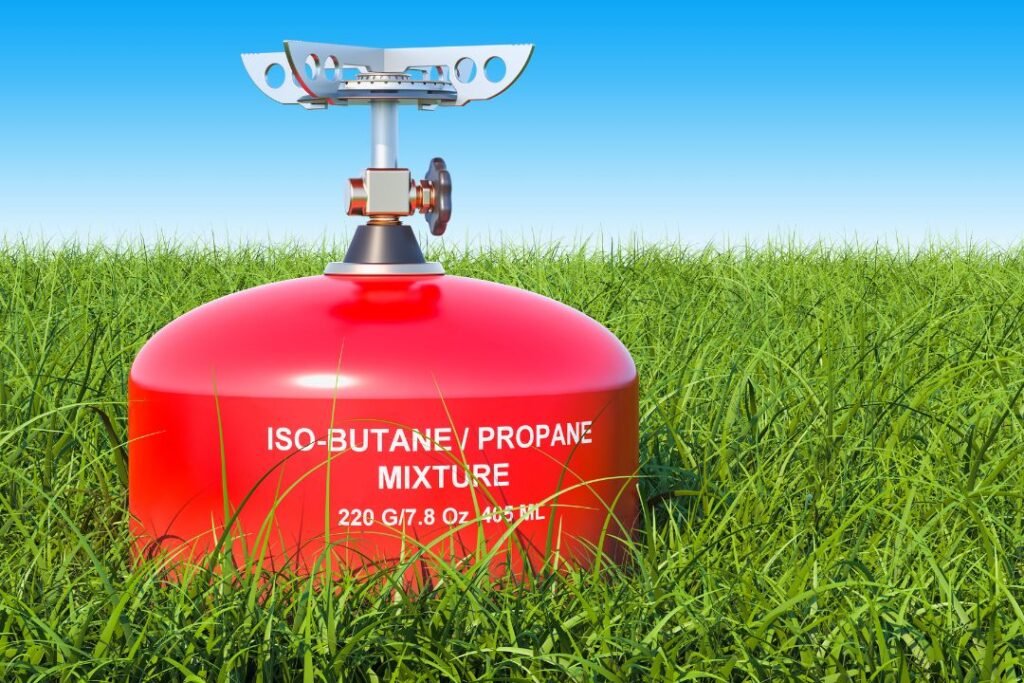Prepping on a budget; emergency preparedness does not have to be expensive.
Whether it’s a natural disaster, a prolonged power outage, or other unforeseen events, having a well-stocked emergency supply can provide peace of mind.
This blog post will explore cost-effective ways to build your emergency supplies on a budget, ensuring you’re prepared for whatever comes your way without straining your finances.
Table of Contents
Understanding the Basics of Prepping
Before diving into the specifics, it’s essential to understand the basics of prepping.
Prepping involves preparing for emergencies by gathering supplies and developing plans to ensure survival and safety during unexpected situations.
These emergencies can range from natural disasters like hurricanes and earthquakes to man-made events such as power outages and economic instability.

Key Concepts in Prepping
- Survival Mindset: Cultivating a mindset focused on adaptability, resourcefulness, and resilience.
- Risk Assessment: Identifying potential risks and understanding their likelihood and impact.
- Resource Management: Efficiently using and storing supplies to maximize their lifespan and utility.
Prepping on a Budget and Prioritizing Needs
Budgeting is the cornerstone of cost-effective prepping.
Start by assessing your financial situation and determining how much you can allocate to your prepping efforts each month.
Prioritize essential items and gradually build your supplies over time.

How to Start Prepping on a Budget
- Evaluate Your Finances: Assess your income, expenses, and savings to understand how much you can allocate to prepping without compromising your financial stability.
- Identify Essential Items: Focus on items crucial for survival, such as food, water, shelter, and medical supplies.
- Set Monthly Goals: Break down your prepping goals into manageable monthly targets, allowing you to gradually build your supplies.
Food and Water: Essentials for Survival
Food and water are the most critical components of any emergency supply kit.
They ensure you stay nourished and hydrated during emergencies.


Cost-Effective Ways for Food Storage
- Buy in Bulk: Purchase staple foods like rice, beans, and pasta in bulk to save money.
- Store Non-Perishables: Focus on canned goods, dried fruits, and other non-perishable items with a long shelf life.
- Rotate Stock: Regularly use and replace items in your emergency stash to prevent waste and ensure freshness.
- Grow Your Own Food: Start a small garden to grow vegetables and herbs, reducing your reliance on store-bought goods.
Water Storage Tips
- Store Bottled Water: Buy bottled water in bulk when on sale.
- Use Water Containers: Invest in large, food-grade water storage containers.
- Water Purification: Include water purification tablets or a portable water filter in your kit to ensure access to clean water.
Shelter and Warmth: Staying Safe and Comfortable
Having adequate shelter and warmth is crucial during emergencies, especially in extreme weather conditions.


Affordable Shelter Solutions
- Tents and Tarps: Invest in a durable tent and tarps for quick and easy shelter setup.
- Emergency Blankets: Purchase space blankets or thermal blankets that are compact and affordable.
- DIY Shelter: Learn to create makeshift shelters using materials like tarps, ropes, and duct tape.
Staying Warm
- Layer Clothing: Wear multiple layers of clothing to retain body heat.
- Use Sleeping Bags: Choose sleeping bags rated for low temperatures.
- Heat Sources: Stock up on hand warmers and portable heaters (ensure proper ventilation when using indoors).
Health and Hygiene: Maintaining Cleanliness and Health
Maintaining hygiene and health during an emergency is vital to prevent illness and ensure overall well-being.


Building a Basic First Aid Kit
- Over-the-Counter Medications: Include pain relievers, antihistamines, and antacids.
- Basic Medical Supplies: Stock bandages, gauze, antiseptic wipes, and adhesive tape.
- Personal Medications: Ensure you have an adequate supply of any prescription medications.
Hygiene Supplies
- Soap and Sanitizer: Stock up on bar soap, hand sanitizer, and disinfecting wipes.
- Toiletries: Keep a supply of toothpaste, toothbrushes, and feminine hygiene products.
- Waste Management: Include trash bags, portable toilets, and toilet paper in your kit.
Tools and Supplies: Building a Versatile Kit
Having the right tools and supplies can make a significant difference in your ability to manage emergencies effectively.


Essential Tools
- Multi-Tool: A versatile multi-tool can perform various functions, reducing the need for multiple tools.
- Manual Can Opener: Ensure you have a manual can opener to access canned goods.
- Flashlights and Batteries: Stock up on flashlights, batteries, and consider solar-powered or crank-powered options.
Additional Supplies
- Duct Tape: Useful for repairs and creating makeshift solutions.
- Paracord: Strong and versatile for numerous applications.
- Fire Starters: Include matches, lighters, and fire-starting kits.
Communication and Information: Staying Connected
Staying informed and connected during an emergency is crucial for safety and coordination.


Communication Devices
- Battery-Powered Radio: Keep a battery-powered or hand-crank radio to receive news and weather updates.
- Two-Way Radios: Use two-way radios to communicate with family members or group members.
- Mobile Phone: Ensure you have a backup battery or solar charger for your mobile phone.
Keeping Important Information
- Emergency Contacts: Maintain a list of emergency contacts, including family, friends, and local emergency services.
- Maps and Compass: Include physical maps and a compass to navigate if digital devices fail.
Long-Term Strategies: Sustainability and Self-Sufficiency
For long-term preparedness, focus on sustainability and self-sufficiency.
These strategies can reduce your reliance on external resources and ensure a more robust emergency plan.


Sustainable Food Sources
- Gardening: Expand your garden to grow a variety of fruits and vegetables.
- Livestock: Consider raising chickens or rabbits for a continuous food supply.
- Canning and Preserving: Learn canning and preserving techniques to store homegrown produce.
Renewable Energy Solutions
- Solar Panels: Invest in small solar panels for charging devices and powering small appliances.
- Wind Turbines: If feasible, install a small wind turbine for additional energy sources.
- Alternative Fuels: Store alternative fuels like propane or kerosene for cooking and heating.
Additional Tips for Budget-Friendly Prepping
Here are some additional tips to help you prepare on a budget


Take Advantage of Sales and Discounts
- Seasonal Sales: Stock up on supplies during seasonal sales and clearance events.
- Coupons: Use coupons to save on essential items.
- Second-Hand Stores: Find affordable supplies at thrift stores and garage sales.
DIY Solutions
- Homemade Supplies: Make your own cleaning and hygiene products using household items.
- Repurpose Items: Repurpose and reuse items to save money and reduce waste.
Community Resources
- Local Resources: Utilize local resources such as farmers market and food banks.
- Group Buying: Form a prepping group to buy supplies in bulk and share costs.
Conclusion
Prepping on a budget is not only possible but also practical with the right strategies.
By prioritizing essential items, taking advantage of sales, and adopting sustainable practices, you can build a comprehensive emergency supply kit without straining your finances.
Remember, the key to effective prepping is not how much you spend but how wisely you plan and manage your resources.
Start small, stay consistent, and gradually build a robust preparedness plan that ensures your safety and peace of mind during any emergency.

